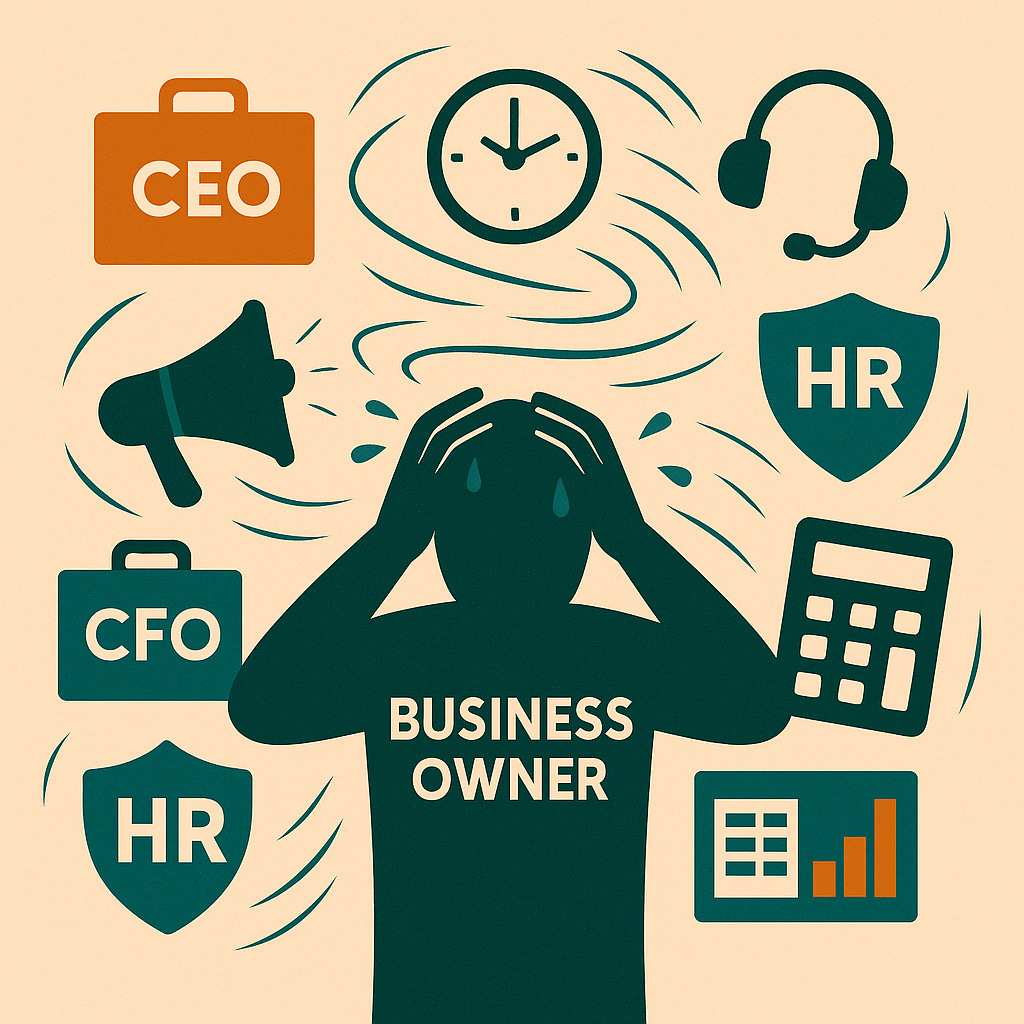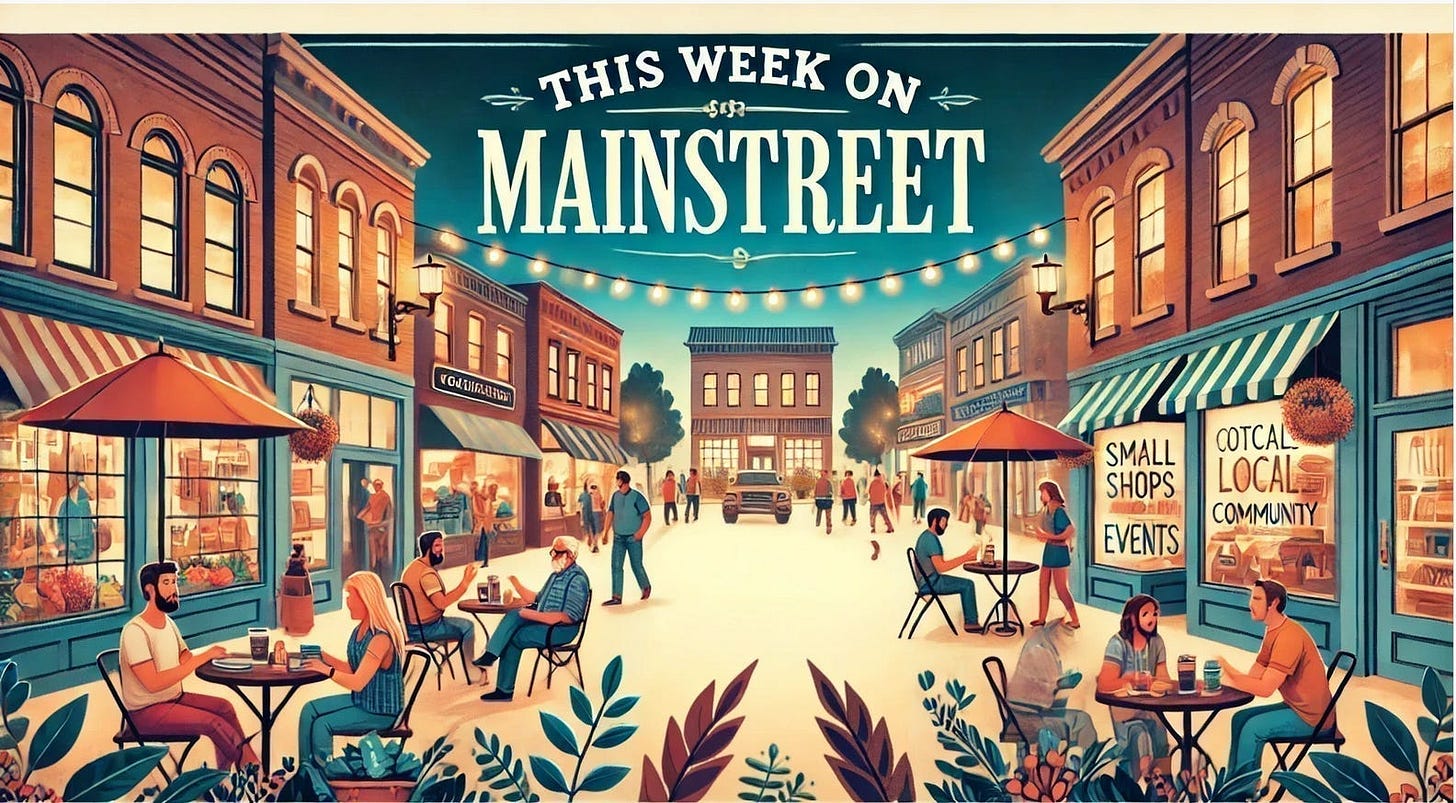Superhuman Business Owner
Designing Yourself Out
Bill Gates recently announced he plans to close his foundation within the next two decades. Not because it failed—quite the opposite. He's designing himself out because he believes the foundation's work should ultimately continue without him.
This moment struck me deeply. At its core, designing yourself out is the highest form of leadership. It's creating something so well-structured, so resilient, that it transcends your personal involvement. I've come to believe that capitalism at its best isn't about accumulation and extraction but about empowerment—building enterprises that generate abundance and improve communities long after we're gone.
For business owners running Mainstreet businesses, this carries a profound responsibility. They’re not just building livelihoods for themselves; they’re creating economic engines for entire communities. If you are such a leader, the true measure of your success isn't how essential you remain, but how effectively you can step away while your dream and life’s work continues to thrive.
In our previous articles, we explored gaining visibility across your business data and extracting actionable insights from that information. But information alone doesn't create freedom. The final, most challenging step is building systems to act on those insights even when you're not there. That's what it means to design yourself out.
The Greatest Act of Leadership is Letting Go
When small businesses succeed, wealth stays local, creating a virtuous cycle of prosperity. This is why empowering Main Street enterprises might be the most effective path to building thriving communities across America and the world.
For these businesses to create lasting impact, they must grow beyond their founders. The dream of every business owner is to have a company that can grow without them and eventually continue to thrive long after they're gone.
The harsh reality though is that 82% of businesses that fail cite cash flow problems. Cash flow isn't just one isolated issue—it's like a flesh-eating bacteria that affects every part of the organization while simultaneously being impacted by every decision you make.
What compounds this problem is how many Main Street businesses remain dependent on the founder's intuition and personal decision-making. Without robust systems and processes, these businesses struggle to scale beyond what one person can manage; regardless of how talented that person might be.
This is where modern AI tools change the game entirely. As we explored in our previous posts on gaining visibility across your data and extracting actionable insights, small businesses now have access to capabilities that were once exclusive to large corporations with massive budgets. AI enables small businesses to combine the best of human judgment with powerful automation, creating systems that can operate beyond the owner. The best way to create an enduring enterprise isn't by making yourself essential—it's by designing yourself out of it.
Give Away Your Legos
I first heard about "giving away your legos" from my co-founder,
. The concept is simple: to grow, leaders must continually give away control of things they've built and mastered.At Garage Mobility, I led finance and operations, with inventory management as a critical function. For our first year, I personally managed all procurement—deciding which items to buy, quantities, suppliers, and handling all approvals. This worked initially, but as we scaled, cracks appeared. My demand forecasting was inconsistent, leading to both stockouts and dead inventory that strangled our working capital and cash flow.
I realized I needed to give away this particular lego and build a process that didn't revolve around me. This is where the principles from our previous articles came into play. We built machine learning models to analyze demand patterns and cash cycles across our inventory, creating accurate predictions of what we needed in stock and when.
The transformation was remarkable. Every morning, we generated a forecast sheet showing exactly what to buy, how much, and from which suppliers. Sales team members could annotate it with real-time customer requests, and procurement associates executed purchases within model-stipulated limits. I only needed to step in for exceptions.
By designing myself out of this process, we not only eliminated a bottleneck but actually improved performance beyond what was possible with my direct involvement.
Take The First Step
Designing yourself out doesn't happen by accident—it requires a deliberate framework. Start with tasks that drain your energy but don't leverage your unique expertise. Next, focus on processes with clear rules that could be documented and systematized. Finally, target decisions that could be automated with the right data inputs. The best part? You don't need a machine learning team or technical expertise to achieve any of this.
For a comprehensive roadmap to implement this approach in your business, I've created a step-by-step guide: AI Implementation Guide for Small Businesses. This e-book walks you through the entire process from identifying strategic priorities to setting clear implementation goals using proven frameworks for prioritization and execution.
The journey from overwhelmed owner to superhuman business leader isn't about working harder; it's about building systems that amplify your impact while reducing your direct involvement. From identifying what's happening in your business, to understanding why it's happening, and now implementing systems that act without you, this series has mapped the complete journey from owner-dependent to truly scalable business. By gaining visibility across your data, extracting actionable stories from that information, and designing processes that operate independently, you create something truly remarkable: a business that generates value beyond your personal capacity. That's not just freedom for you; it's the foundation of lasting prosperity for the communities you serve.
THIS WEEK ON MAINSTREET
Something is cookin’! We’re redesigning this section to better serve you






